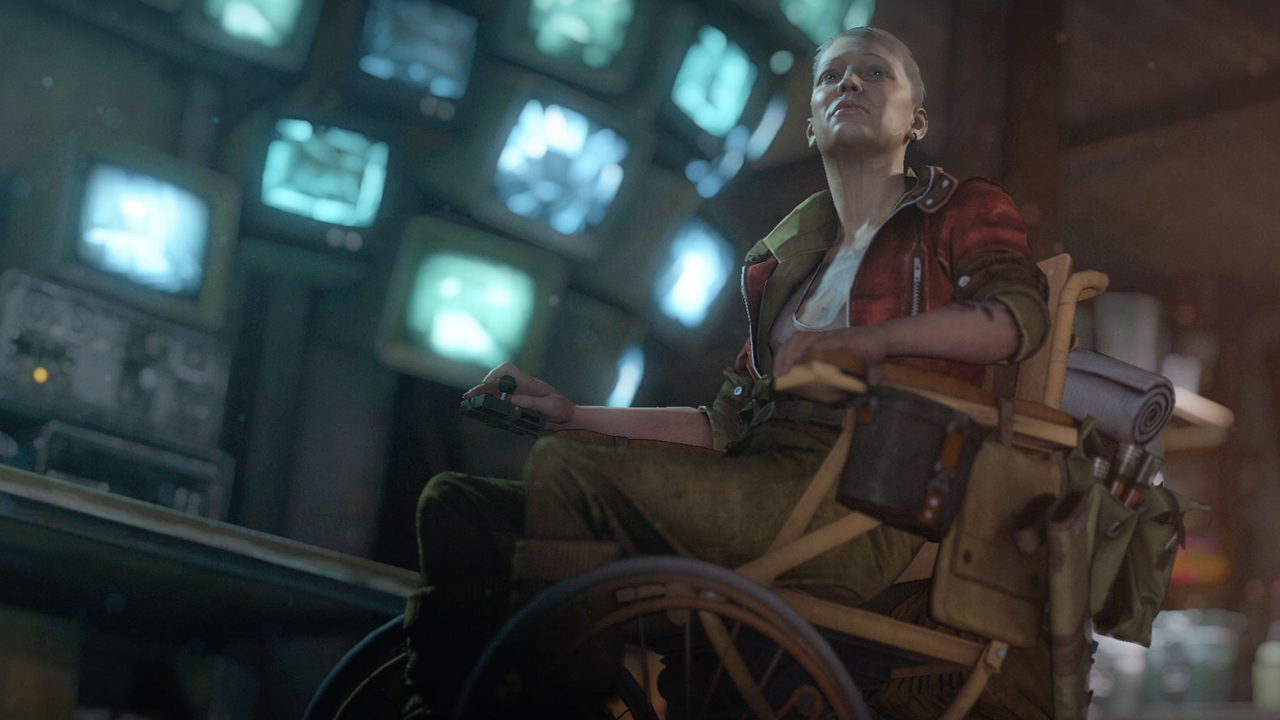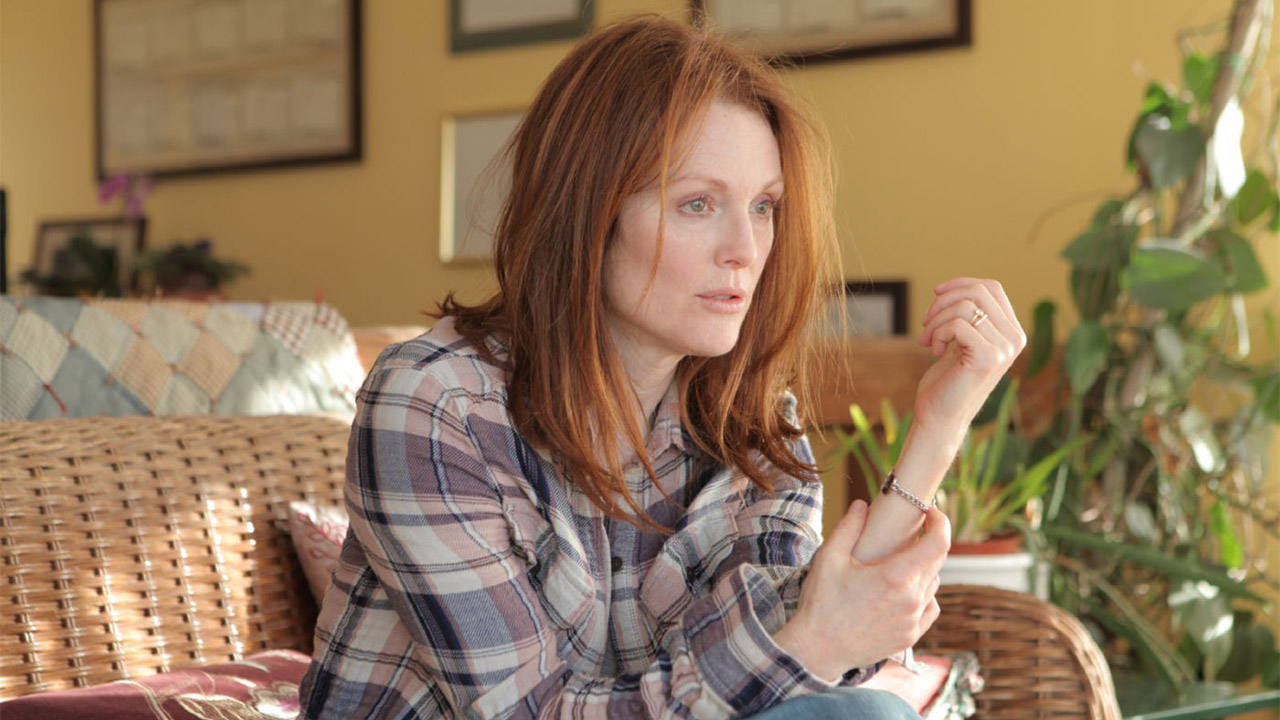"It’s ingrained in humanity to be scared" – How games are challenging the taboos of disability and mental health
From intimate indie stories, to AAA blockbusters, disability is a fact of life that games are now addressing from all kinds of angles
Where White’s All The Dead Bones confronts ableism in society, Perception also ties its exploration of blindness to a cultural history of misogyny, particularly in the North American medical profession. In a nod to Bill Gardner’s work on the Bioshock series, Cassie is able to recall the memories of previous occupants of the house as audio diaries, among them the account of a woman who is medicated by her doctor husband.
“Perception is about anyone who’s been told ‘no’,” Gardner says. “It’s not only the blind protagonist; it’s the women of the mansion who have been manipulated, oppressed and murdered just for being born female. It’s about the experience of not being believed, or believed in. It’s about being drugged because you’re ‘hysterical’, it’s about being denied because you’re not considered strong enough, it’s about having less agency because you are a disabled female, and it’s about a man being able to commandeer your land because your husband died and you can easily be labelled a danger to society.”
Dealing with wider prejudices

This broadening of focus has, perhaps, come at the cost of investigating insidious cases of prejudice against the partially sighted or blind. “One of the common threads we noticed in our interviews was a frustration with the more subtle biases of sighted people,” Gardner says. “We wrote and partially implemented a number of flashbacks in which Cassie interacts with people who have these preconceived notions of what she should or shouldn’t do. One was focused around Cassie’s career as a sculptor, and the sort of confused reaction she received as a blind artist. The flashbacks ended up being cut for a number of reasons, but mainly we found that the players ‘bought into’ Cassie and her story and the flashbacks seemed superfluous and distracting from the main thrust of the narrative.”
More significantly, Perception compromises on navigation, allowing you to magically view narrative waypoints and hiding spots through intervening objects. It speaks to the difficulty of portraying such conditions faithfully in a work of commercial entertainment, where a certain level of accessibility and clarity is expected. For all that, Gardner is adamant that a blind person could play the game to completion, though this isn’t officially supported in the design.
“We did have requests to make the game blind-accessible from fairly early on. We had been working with a company that had incredible sound-spatialisation tech as part of one attempt to assist in blind playthroughs. Unfortunately, the company was bought out midway through our implementation and we couldn’t use the tech. It’s something we’ve continued to explore throughout development and in the time since launch, but have not found solutions we’re happy with.”
Broad strokes and blunt objects

The problem of how to constructively depict disability in a work of entertainment is integral to Wolfenstein: The New Order and Wolfenstein: The New Colossus, alt-history shooters that often play like a drunken, half-intended spoof of shooters in general. Unlike the other games in this feature, Wolfenstein’s portrayals of disability are grounded in neither first-hand experience nor scientific research, and have obvious shortcomings.
Set in an ostentatiously deranged 1960s milieu where the Nazis won World War 2 using gadgets stolen from a secret Jewish order, the games deal largely in caricatures such as Max Hass, a stereotypical ‘gentle giant’ with a childish demeanour and impaired speech due to a severe brain injury. MachineGames often treats disability as a crude plot gimmick: there is a character with a mental health disorder in The New Colossus, for example, who exists to facilitate a quest in which you must deal with an outbreak of violent paranoia.
Weekly digests, tales from the communities you love, and more
Creative director Jens Matthies is upfront about the portrayal’s shallowness. “It could be as simple as the silhouette of his head,” he says of the originof Max Hass. “It could be just having a vision of this guy with half his head missing, which in turn might be because I read some newspaper article about a real person.” Of Caroline Becker, a resistance leader who in The New Order uses a wheelchair, he says: “We just thought it would be cool to have what is perhaps the mentally strongest person in the team have a significant physical disability. That kind of juxtaposition is always interesting.”

If individual characterisations are in poor taste, the Wolfenstein games do, at least, express disability as commonplace and unromantic where other games ignore or fetishise it. “I think a lot of writers think that, because this character is so different from me, I have to approach them as though they were an alien,” Matthies comments. “Now, what do aliens do? Let’s research. OK, aliens do this, so now my character does that.” MachineGames, he says, takes a less clinical and more sympathetic tack: “We try to write them as intimately as we would write the story of ourselves”.
The games also serve as useful, somewhat self-aware illustrations of the difficulty of telling stories about disability in the context of a big-budget shooter, in which players are generally tacit superhumans who grow steadily more capable as the narrative unfolds. “You take the inconvenience out of able-bodied experiences in these games as well,” Matthies notes. “It’s not like in every game you have to go to the bathroom, or you have to sleep, or eat, all of that stuff. A lot of the everyday minutiae is removed from most games, and perhaps the most important element is speed and conditioning.”
In that context, developer MachineGames’ decision to begin The New Colossus with a paraplegic BJ Blazkowicz fighting from a wheelchair is quite the departure, though this initial disempowerment is soon forgotten in a wave of weapon mods and ability upgrades, peaking in a brand-new, vat-grown body.
Bringing truth to fantasy

Hellblade: Senua’s Sacrifice is a rather more sustained and elaborate investigation of disability. The tale of a Celtic warrior on a quest to reclaim her lover’s soul from Helheim, the Norse land of the dead, it combines familiar thirdperson action mechanics with a compromised but powerful recreation of psychosis, a mental-health condition which may involve visual and auditory hallucinations. The game began life as a more generic dark fantasy game loosely inspired by the character of Kai in Ninja Theory’s 2007 action epic Heavenly Sword.
“I said, ‘What if Kai grew up, what would she see in the world, how would she interpret it?’” Ninja Theory co-founder and game director Tameem Antoniades tells us. “When you see her in Heavenly Sword she’s talking to air, conversing with invisible entities. What if we could see them? And then I thought, well, people do experience that kind of thing. And I started looking into those experiences and I found it terrifying – I didn’t realise that people felt such horror on a daily basis.”



